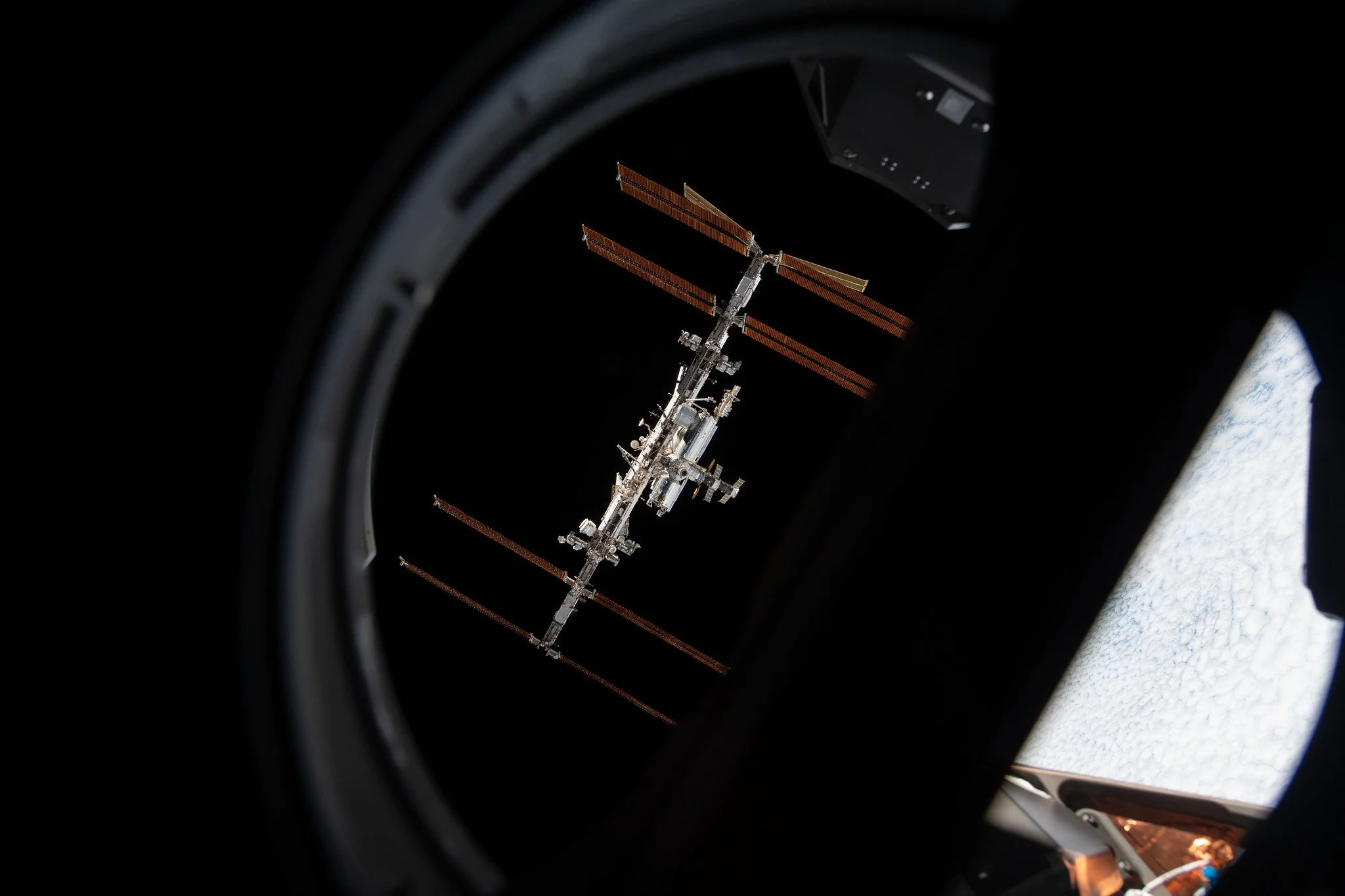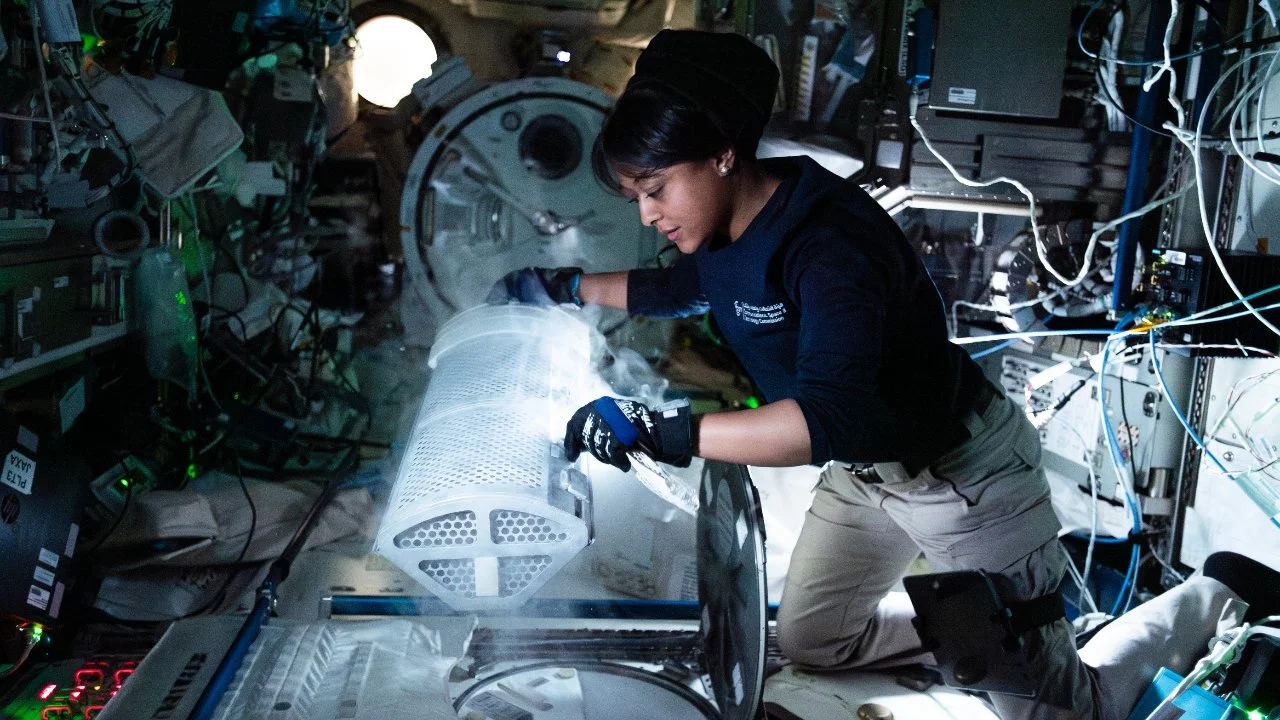Axiom Space, NASA, and SpaceX will provide live coverage of the undocking and departure of Axiom Mission 2 (Ax-2) from the International Space Station (ISS) before the Ax-2 crew returns to Earth.
The four-person multinational astronaut crew is scheduled to undock no earlier than 11:05 a.m. EDT on May 30, from the space-facing port of the station’s Harmony module in a SpaceX Dragon spacecraft to begin the journey home and splashdown off the coast of Florida.
Coverage of the Ax-2 return will include four separate segments over three days — farewell ceremony, hatch closure, undocking, and splashdown. All segments will be available at AxiomSpace.com.
Axiom Space and NASA will begin coverage on the morning of May 29, with a farewell ceremony between the Ax-2 and NASA Expedition 69 crew. On May 30, at 9:00 a.m. EDT the hatch closure will air on NASA Television, the agency’s website, and Axiom Space’s website. Coverage will resume at 10:45 a.m. EDT with undocking via Axiom Space, NASA, and SpaceX. Following undocking on May 31, Axiom Space and SpaceX will provide joint webcast coverage of the crew’s return to Earth.
Mission teams will monitor weather at the possible splashdown sites prior to undocking to ensure conditions are acceptable for a safe recovery of the spacecraft and Ax-2 astronauts.
Ax-2 Commander Peggy Whitson, Pilot John Shoffner, and Mission Specialists Ali Alqarni and Rayyanah Barnawi, both representing the Kingdom of Saudi Arabia, will complete approximately 10 days in space by the conclusion of their mission. The SpaceX Dragon will return to Earth with more than 300 pounds of cargo, including NASA hardware and data from over 20 different experiments.
Undocking and departure coverage for Ax-2 is as follows (all times Eastern and subject to change based on operations).
MONDAY, MAY 29
10:50 a.m. – Ax-2 Farewell Ceremony
The ISS crew will participate in an end of mission, on-orbit event. Coverage will be available via Axiom Space and NASA.
TUESDAY, MAY 30
9:00 a.m. – Hatch Closure
The hatch will close between the Dragon spacecraft and the International Space Station in preparation for undocking. Coverage will be provided by NASA and be amplified by Axiom Space for the hatch closure at approximately ahead of 9:10 a.m. EDT.
10:45 a.m. – Undocking
The Ax-2 crew will undock from the ISS to begin the journey back to Earth. Integrated Axiom Space, NASA, and SpaceX coverage resumes for a NET 11:05 a.m. undocking time and continues until approximately 30 minutes after undocking ends and coverage will continue with Axiom Space and SpaceX.
11:09 p.m. ET – Splashdown and Landing
Coverage of the Ax-2 crew, Dragon’s re-entry, and splashdown will be available on Axiom Space and SpaceX beginning about an hour ahead of splashdown. More details will be provided closer to undocking, you can find updates here.
Ax-2 is the second of several proposed Axiom Space missions to the ISS and a critical first step along the journey toward Axiom Station, the world’s first commercial space station.
Follow along for mission updates with #Ax2 on Twitter, Instagram, Facebook, LinkedIn, and on our website.
Editor’s note: Splashdown time updated on May 29, 2023.























